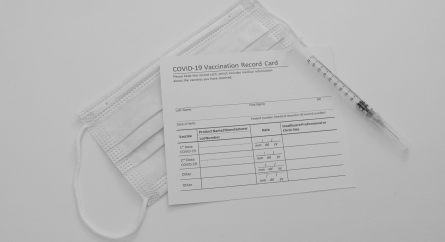Campus Crossroads: When the business of college athletics meets the law of Title IX
The Coronavirus Pandemic sent colleges and universities scrambling to make decisions regarding how to deliver their academic offerings to students, with some welcoming students back to campus this fall, some transitioning to 100% remote learning, and some employing a hybrid method. With those decisions came financial implications – students opting to take a “gap year” or exploring lower-priced alternatives, decreased or eliminated revenue from room and board, decreased or eliminated revenue from ticket sales for athletics and entertainment offerings, and increased expenses for cleaning and sanitization, as well as the maintenance of quarantine spaces.
For many schools facing these financial obstacles, cutting sports becomes a fiscally-attractive option. Schools looking to do so, however, cannot make their decisions in a vacuum; looming in the distance is Title IX.
Title IX prohibits discrimination on the basis of sex in any education program or activity receiving federal funds, such as student financial aid. It applies to sports by ensuring men and women have equitable participation opportunities, as well as access to scholarships.
While Title IX doesn’t prevent women’s sports from being eliminated, any elimination has to be done in a fair and equitable manner to ensure that the school remains in compliance with the law. In other words, decisions cannot be made solely on the basis of which programs cost the most money and generate the least revenue in return.
In some respects, the inquiry into whether a school remains in compliance with Title IX after cutting sports is not necessarily what gets cut, but, rather, what is left. That is, do the school’s remaining programs offer equitable participation opportunities and access to scholarships?
Client Tip
Some schools struggle to balance participation opportunities for women while maintaining profitable football, basketball, and other revenue-generating men’s programs. For example, Division I FBS schools, which provide 85 football scholarships, need a large offering of women’s sports to stay compliant with Title IX, particularly if they also want to offer other men’s sports programs with high scholarship rates like basketball or hockey. Schools also need to consider tuition revenue generated from athletes on partial scholarships, and how eliminating a sports program may affect both sides of the balance sheet. All told, the analysis and decision-making should be a joint effort among all stakeholders, including the athletic department, budget office, and legal/Title IX team.
Categorized: Discrimination, NCAA
Tagged In: college athletics, coronavirus, COVID-19, higher education, NCAA, Title IX












